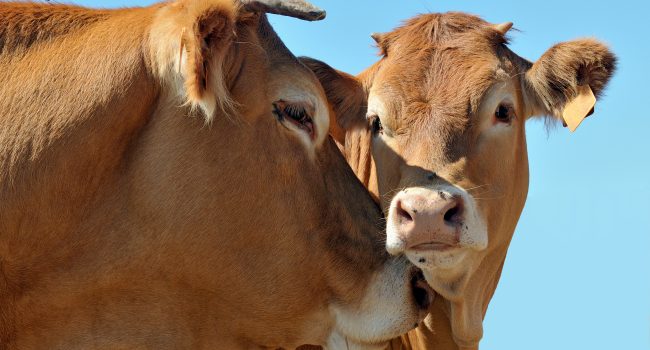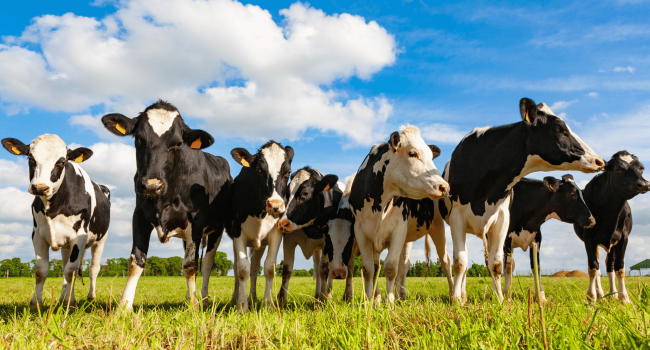Eggs: a growing food source for the years to come
Eggs are considered as a perfect food. They are rich in protein and nutrients, versatile in preparation, and cost-effective to even the most budget-conscious food shoppers. It is estimated that egg production will rise by 50% by the year 2030 to keep up with demand.
Considering the increase in people searching for a healthy and nutritious food source, producers are working to find more ways to alleviate egg quality issues, so they can meet the ever-increasing demand. The quality of the eggs being produced is paramount to satisfy consumers and provide egg products that are visually appealing as well as nutritious.
Eggshell quality
Eggshell quality is a key component of overall egg quality and one that is of most concern to the producer, as shell breakage is the cause of 80 – 90% of downgraded eggs (Kay). Most of what makes an eggshell weak or strong has already been determined prior to the egg having been laid (Vlckova). These contributing factors are diverse and include: the age and breed of bird, housing system, nutrition, level of stress, and disease.
One of the most consistent factors in declining eggshell quality is the age of the hen. The size of the egg increases with age, while the actual percentage of eggshell compared to egg decreases. This leads to weaker eggshells and an increased need for calcium in older hens. At this time in a hen’s life, a deficiency in calcium leads to a reduction in both weight and strength of the eggshell (Galea).
Eggshell quality can be influenced by nutrition, namely providing enough calcium for older hens to help maximize their productive cycle. At the same time, careful attention must be paid to key components like phosphorus and Vitamin D. Both of these nutrients, while necessary in the diet, can cause weak eggshells if too much is included.
Moreover, genetic advances have given us the opportunity to extend the egg production cycle, which has affected eggshell quality. Therefore, with the modern genetic lines, we have to improve not only the whole production of eggs in terms of quantity, but also improving the quality of eggs (saleable eggs, for instance, to suit customer expectations).
Egg size
Desirable egg size is something that varies widely based on country and customs. While some countries value super-sized eggs, other locations may only appreciate a smaller sized egg.
An egg’s size can be impacted by flock management (including temperature and lighting program) and nutritional management (including protein intake and feeding program). The good news is that egg size can be tailored to meet consumer expectations to some extent. For example, the heavier a hen is at the onset of lay, the bigger the egg size will be (Kay).
By managing the body weight of hens, producers can also manage egg size. Heavier eggs can also be achieved by feeding added ingredients such as certain amino acids and linoleic acid. Adding more protein will also make for a heavier egg (1 gram of protein added to the diet will equate to an egg that is an average of 1.4 grams heavier) (Kay).
The importance of egg yolks
The egg yolk color is another consumer’s criterion to judge egg quality. Consumers’ demand for various yolk colors varies by region according to their preferences.
The egg yolk color directly correlates to what the hen is being fed. Carotenoids fed to the hen result in a deeper golden yolk color, which is usually perceived as favorable by the consumer. Examples of carotenoid-rich feed ingredients that have a color impact on egg yolks when fed to hens include seaweed meal, alfalfa meal, flower petal meal, dried sweet potatoes, dried carrots and others (R. Scott Beyer).
Color is important in egg yolks, but so are shapes. Fresh eggs, when broken into a flat surface (like a frying pan), will normally have a yolk that has a spherical shape and stands up high with little to no change in the shape. To measure the ratio of yolk height over yolk diameter, there is an indicator called the yolk index (DSM manual).
Freshness matters?
One of the main indications to a consumer that an egg is fresh is the thickness of the albumen, and it is expressed as Haugh Units where higher values better quality. The albumen makes up about 60% of the egg and is commonly referred to as the egg white.
The albumen thins out over time as gas is exchanged and carbon dioxide dissipates. An egg with a thick albumen that doesn’t run over the skillet when cracked is more appealing. The quality of the albumen can also decrease with the age of the hens and storage conditions and clinical affections.
What makes a good egg
Eggs are a nutrient-dense food option that can contribute to the diet during all stages of life. Based on projections, the demand for high-quality eggs will only grow in years to come.
Informed consumers will be paying close attention to the egg quality factors of their eggs and demanding an excellent product that is fresh, holds up to storage, and provides the extra nutrition for themselves and their families. Therefore, close attention must be paid to egg quality factors that impact buying behavior, such as egg size, eggshell, yolk and albumen quality, as well as freshness factors.


